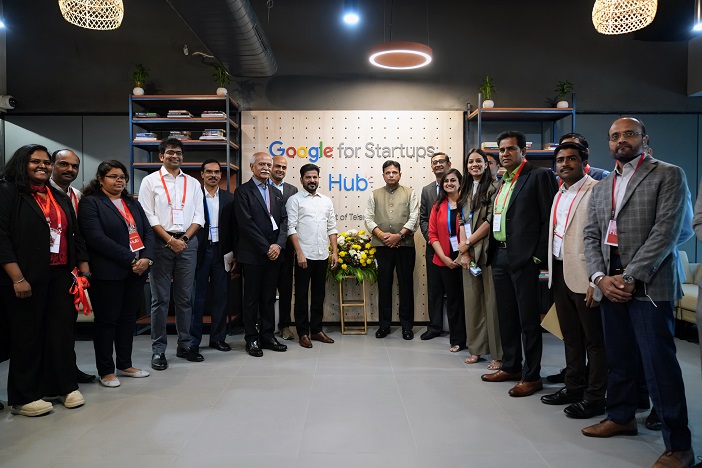Design as a Strategy: Future-Proofing the GCC Ecosystem
What to enable:
- Spaces for Disruptive Efficiencies and Governance: The physical workplace is the essential enabling infrastructure for the GCC's strategic mandate. If a GCC is established to drive global R&D or digital innovation (its core value-creation purpose), the design must be engineered to support product innovation at speed. This requires integrating the creative need for agility with the operational need for rigor. For verticals like Banking and Life Sciences, the space must facilitate high-velocity teamwork (agile pods, ideation lounges, hack zones) while inherently supporting the strict governance frameworks for critical and sensitive data processes. Without this deliberate alignment, the GCC risks failing to achieve its strategic charter as a true value-creator.
- Design Rooted in Local Context: Integrating regional art, cultural cues, and flexible spaces that celebrate community is vital for attracting and retaining high-value local talent in competitive Indian markets.
- A "Second Headquarters" Mindset: The physical space must project institutional maturity, enabling leaders to drive strategy and decision-making for the global organization, confirming the GCC’s status as a strategic, indispensable asset.
Delivering on this complex strategic vision requires a partner that understands the high-stakes translation of business strategy into physical space. Our experience—having delivered over 90 GCC workplaces across India—perfectly illustrates this transformation by focusing on three key strategic outcomes: securing high-value talent, embedding corporate culture, and enabling innovation at scale.
For Availity in Bengaluru, the primary strategic imperative was to attract and retain the best digital talent in India’s highly competitive market, especially given the intense demands of digital transformation initiatives. The challenge was creating a workplace that embodied professionalism and innovation while fostering the warmth and connection essential for employee loyalty. The result: a modern, multi-functional environment featuring dynamic work zones, a lively café, and a recreation hub that encourages the flexibility, camaraderie, and rejuvenation critical to securing and maintaining a high-performance workforce.
Similarly, for a global airline’s innovation center, we designed the “Skybound Reverie”—a workspace inspired by the spirit of travel and purpose. The design draws from the airline’s global hubs—from London to Seoul—integrating thematic zones and quiet focus areas that not only spark discovery and creativity but also support the focused, high-compliance work required for global core product development.
Ultimately, the future of GCCs lies in embracing design as a strategic business lever—not just for immediate productivity, but for embedding corporate purpose and securing the talent pipeline. When thoughtfully designed, GCCs evolve from mere operational outposts into true culture centers—spaces where brand identity, specialized talent, and innovation converge to power the next phase of global growth.
Visit Our News section and follow us on LinkedIn and Twitter
Author Details

Akshay Lakhanpal
CEO India, Space Matrix







